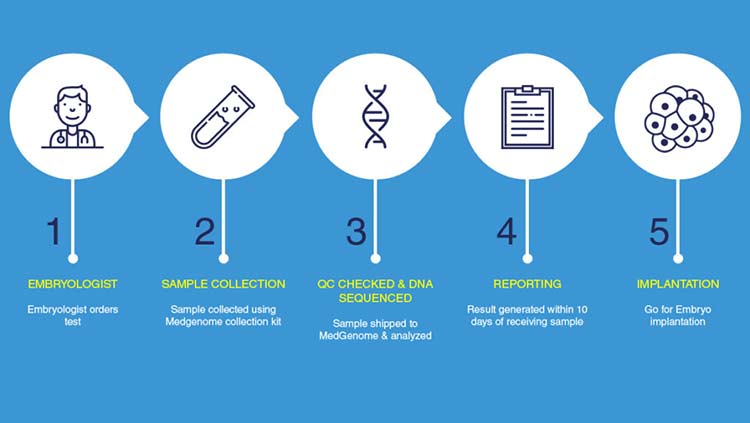Flow of NIPT (New Prenatal Diagnosis)

This explains the basic flow of NIPT (New Prenatal Diagnosis).
Understanding the overall process in advance will help you handle it more smoothly.
Table of Contents
Before Booking NIPT (New Prenatal Diagnosis)
Features of NIPT (New Prenatal Diagnosis)
Traditionally, non-diagnostic tests (such as maternal serum markers and combined tests) could not be performed until at least 11 weeks of pregnancy. However, NIPT can be performed between 10 and 22 weeks of pregnancy, allowing the condition of the baby (fetus) to be known earlier. In other words, the feature of NIPT is that it can be performed from 10 weeks of pregnancy, which is earlier than other prenatal tests.
Timing of NIPT (New Prenatal Diagnosis)
If you want to know the condition of the baby (fetus) as early as possible, make sure to book an NIPT (New Prenatal Diagnosis) in advance so that the test can be performed as soon as you enter the 10th week of pregnancy, rather than waiting until after the 10th week. However, please note that the test cannot be performed if the test date is before the 10th week of pregnancy.
Flow of NIPT (New Prenatal Diagnosis)
At the medical institution, you will fill out a questionnaire and receive genetic counseling before the test. The main purpose of genetic counseling is to ensure that you and your partner fully understand the appropriate information about the test and decide whether to undergo the test. The counseling, which lasts about 30 to 60 minutes, includes the following content.
- Inquiry about the progress of the pregnancy so far and past childbirth experiences
- Types and methods of other prenatal diagnoses (tests)
- What diseases can be identified by the test
- How to interpret the test results
- How to make decisions based on the test results
The process is completed with a blood draw of about 20cc (testing the baby's DNA flowing in the mother's blood). This test has the significant feature of being less burdensome to the mother and having no impact on the baby. The test results are obtained in about 7 to 14 days. The method of receiving the test results varies by medical institution and can include in-person visits, written documents, or emails. Since traveling can be challenging during pregnancy, the ability to receive results via written documents or emails is also an important factor.
In the case of an in-person visit, most often, you will review the test results and receive genetic counseling from a clinical geneticist or a certified genetic counselor. The benefit is that you can discuss how to understand the test results and what steps to take afterward.
Definitive Testing Required if Positive
NIPT (New Prenatal Diagnosis) is a non-diagnostic test, meaning that the results are not definitive. If the result is positive, there is a possibility of a false positive, so a definitive test (amniocentesis) is required for an accurate diagnosis.
Some medical institutions have mutual aid systems, where by paying a mutual aid fee of several thousand yen before the test, they provide a system that covers most of the cost of the definitive test if it becomes necessary. Choosing a medical institution that offers such a system can also be an important factor.
Conclusion
This is the basic process of NIPT (New Prenatal Diagnosis). Understanding the overall process in advance will help you handle it more smoothly.
